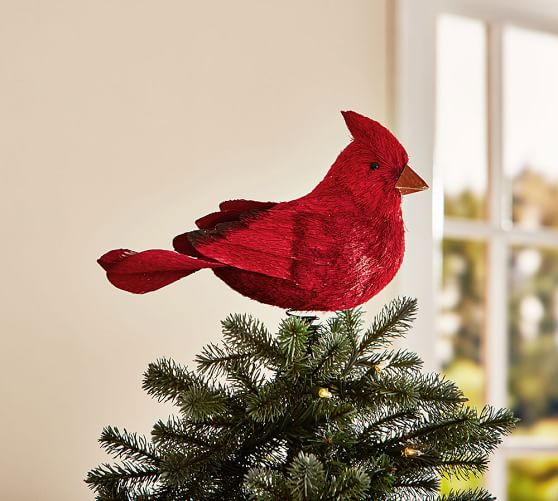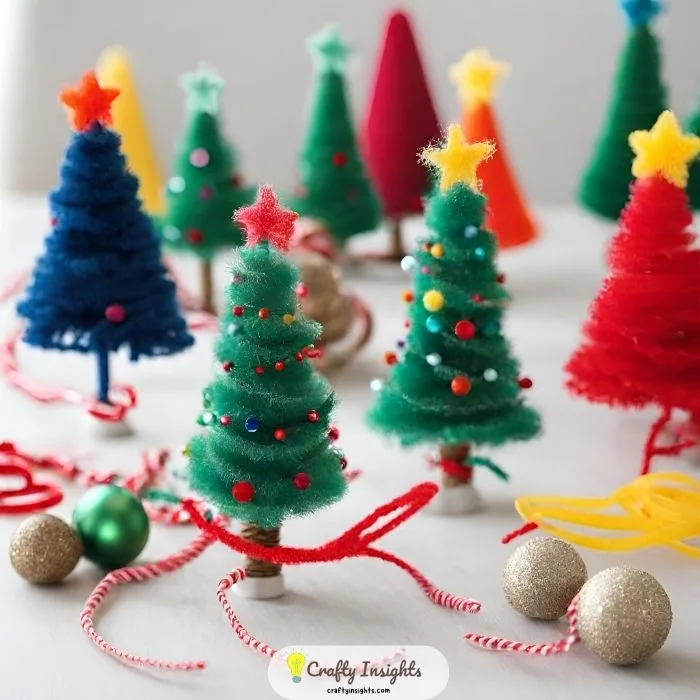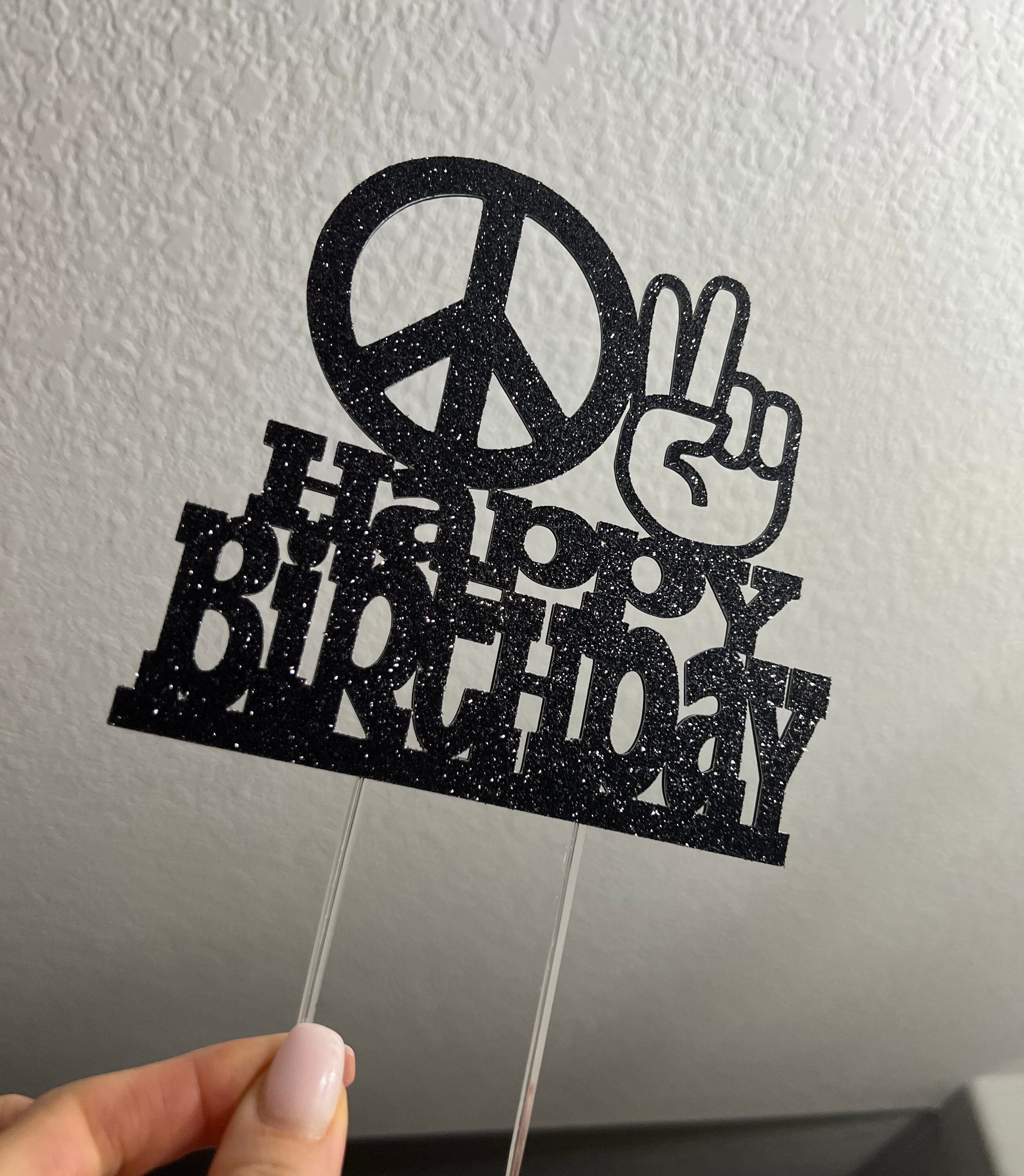Discover Pandipedia
Pandipedia is the world's first encyclopaedia of machine generated content approved by humans. You can contribute by simply searching and clicking/tapping on "Add To Pandipedia" in the answer you like. Learn More
Expand the world's knowledge as you search and help others. Go you!
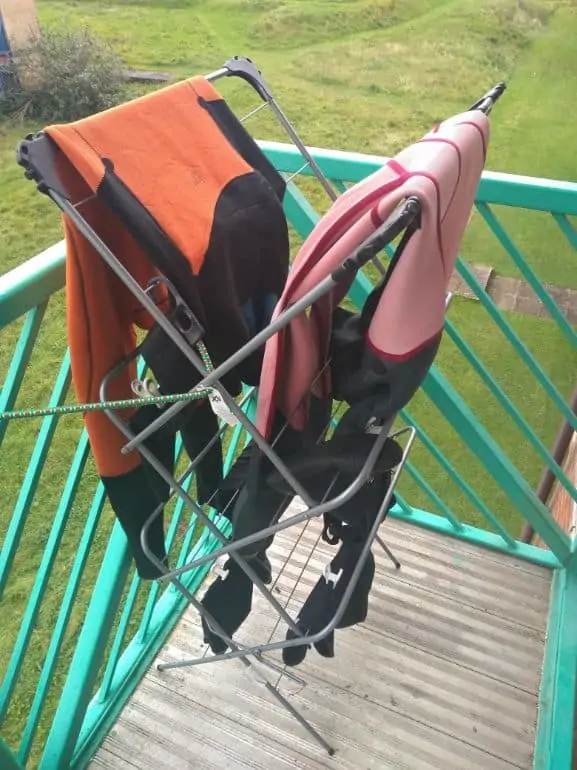
The best way to dry a wetsuit is to rinse it with fresh water after each use[2], hang it up folded at the waistline inside out in a shaded area[5], on a padded hanger in a well-ventilated area away from direct sunlight[4], or on a thick hanger in a shaded area[3]. It's important to let the wetsuit air dry completely for 6 to 12 hours[5] or for about 1-2 hours[3], turning it inside out periodically[5] and rotating it for even drying[4]. Avoid direct sunlight and heat sources[2] to prevent damage to the neoprene material. Using fans, wind, or a wetsuit drying gadget[2], can help speed up the drying process. Ensure not to fold or crease the wetsuit while drying[2] to maintain its quality and longevity.
Let's look at alternatives:
- Modify the query.
- Start a new thread.
- Remove sources (if manually added).
- Request a manual search from our human research team.

People are cancelling Netflix subscriptions for several reasons, including a political backlash against co-founder Reed Hastings' $7 million donation to a super PAC supporting Kamala Harris' presidential campaign, which has led many Republican subscribers to view the company as endorsing her views and prompting a social media movement to #CancelNetflix[1][2].
Additionally, Netflix faces intense competition from other streaming services, which is affecting its market position[3]. Rising subscription costs, now at $15.49 for the standard plan, have deterred customers, especially as they adapt to post-pandemic life and prioritize budgeting due to a high cost of living[3]. Furthermore, viewers express dissatisfaction with the variety of content, feeling inundated with offerings that do not align with their preferences, which complicates subscriber retention[3]. Overall, these factors have contributed to significant subscriber losses, marking the biggest decline in the company's history[3].
Let's look at alternatives:
- Modify the query.
- Start a new thread.
- Remove sources (if manually added).
- Request a manual search from our human research team.
Get more accurate answers with Super Search, upload files, personalised discovery feed, save searches and contribute to the PandiPedia.
Let's look at alternatives:
- Modify the query.
- Start a new thread.
- Remove sources (if manually added).
- Request a manual search from our human research team.
In the realm of artificial intelligence, especially in natural language processing (NLP), one of the significant challenges researchers face is improving model performance while managing resource constraints. The paper 'Scaling Laws for Neural Language Models' presents valuable insights into how various factors such as model size, dataset size, and training compute can be optimized to enhance performance in a quantifiable manner.
Key Concepts
The study begins by investigating empirical scaling laws that govern the performance of language models as functions of three primary factors: model parameters size (N), dataset size (D), and compute used for training (C). It emphasizes a power-law relationship among these variables, indicating that performance improves steadily with increases in any one of these factors, provided the others are scaled appropriately.
Loss Reduction and Scaling
The loss function (L(N, D)), which reflects how well a model performs, is shown to depend primarily on model parameters (N) and dataset (D). The research argues that as we increase model size while maintaining a fixed dataset, the loss decreases according to a predictable scaling law. Specifically, the loss can be approximated as:
[
L(N) \propto \left(\frac{N}{D}\right)^{\alpha_N}
]
where (\alpha_N) is a constant derived from empirical testing, which suggests that larger models with sufficient data yield lower loss rates[1].
Performance Metrics

The paper outlines critical metrics for evaluating model efficiency, illustrating a clear trend: larger models require fewer training samples to achieve similar performance levels. Figure data in the study indicates that the optimal model size increases with the computation budget available, illustrating that higher compute allows for more complex models to be trained effectively.
Sample Efficiency
Sample efficiency is a central theme in the analysis. It is observed that larger models generally show better sample efficiency. This means that for a given performance level, larger models can require fewer training tokens compared to smaller models. This relationship is quantified, showing that as training progresses, the number of samples needed to reduce loss significantly decreases for larger models[1].
Optimal Allocation of Compute
The authors propose a strategy for optimal allocation of the training compute budget, which is particularly relevant for researchers and practitioners working with large-scale language models. They suggest that to achieve maximum efficiency, researchers should ideally allocate compute resources to increase model size before expanding dataset size. This guidance is grounded in empirical observations that show a diminishing return on performance as simply adding more data without adjusting model architecture can lead to suboptimal outcomes[1].
Critical Batch Size
Another interesting finding from the study is the concept of critical batch size, denoted as (B_{crit}). The paper establishes that as model and dataset sizes increase, the optimal batch size increases, which in turn relates to the overall compute budget. The results suggest that adjusting the batch size appropriately can lead to noticeable improvements in performance during training, reinforcing the importance of customized training setups[1].
Recommendations for Future Research

The scaling laws outlined in this research encourage the exploration of varied architectural models and data types in NLP. They note that researchers should not only focus on increasing model size but also consider the implications of dataset variety and quality. The models trained on diverse data tend to generalize better, highlighting the necessity of maintaining a comprehensive and rich dataset for training large NLP models[1].
Conclusion
In conclusion, 'Scaling Laws for Neural Language Models' provides a framework for understanding how to optimize language models in a resource-efficient manner. By identifying clear relationships between model parameters, dataset size, and compute, it offers both a theoretical foundation and practical guidance for future research in the field. As artificial intelligence continues to evolve and scale, understanding these dynamics will be crucial for deploying effective and efficient language models across various applications. The insights present a pathway for improved methodologies in training algorithms and architecture choices that could significantly influence the future of NLP and its applications.
Let's look at alternatives:
- Modify the query.
- Start a new thread.
- Remove sources (if manually added).
- Request a manual search from our human research team.
Let's look at alternatives:
- Modify the query.
- Start a new thread.
- Remove sources (if manually added).
- Request a manual search from our human research team.

Sticky Notes
Great for temporary reminders and organizing tasks, available in various sizes and colors[4][5].
Let's look at alternatives:
- Modify the query.
- Start a new thread.
- Remove sources (if manually added).
- Request a manual search from our human research team.
Get more accurate answers with Super Search, upload files, personalised discovery feed, save searches and contribute to the PandiPedia.
DIY woven star tree topper
A stunning yet budget-friendly project that creates a beautiful star topper for your tree[2].
Glittery paper star topper
A modern take on the classic star, made with decorative paper and a hot glue gun, perfect for a festive look[2].
DIY pom-pom tree topper
A colorful and cozy option using fluffy pom-poms to add a fun element to your tree[2].
Rustic burlap bow topper
Create a charming rustic touch using burlap for your tree topper, simple and inexpensive to make[1].
Toilet paper roll tree topper
A creative way to recycle old toilet paper rolls by transforming them into a unique tree topper[1][4].
Simple star made from felt
Trace and cut out felt to create a cute star topper that you fill with stuffing for a soft look[1].
Upcycled cardboard star
Make a standout star topper using an old box, painted to give your tree a unique flair[1].
DIY driftwood and seashell star topper
A coastal-inspired design perfect for those who love beach themes during the holidays[3].
:max_bytes(150000):strip_icc():format(webp)/candy-cane-tree-topper-flatlay-1117_0-vert-1122-2000-e769076618654c229f159919274f9f40.jpg)
Candy cane tree topper
Assemble colorful candy canes into a fun pinwheel shape that adds a sweet touch to your tree[3][4].
Fabric bird tree topper
Whimsical perched fabric birds create a delightful accent on top of your tree[3].
Festive wire and pipe cleaner top decorations
Use pipe cleaners to craft whimsical shapes or phrases that add character to your tree[2][4].
Snowman tree topper
A cute, family-friendly snowman design that introduces playful holiday spirit[4].
DIY angel tree topper
A modern take on the traditional angel featuring easy and often dollar store supplies[3][4].
DIY giant ornament topper
Make a whimsical giant ornament to place on your tree for a fun holiday twist[2].
:max_bytes(150000):strip_icc():format(webp)/6_DiscoBall-5bd77006c9e77c0051ed8c17.jpg)
Disco ball tree topper
Bring a glamorous party vibe to your tree with an eye-catching disco ball design[2].
:max_bytes(150000):strip_icc():format(webp)/10_Beaded-5bd775cc46e0fb0051da6d51.jpg)
Beaded star tree topper
Simple yet elegant, this design uses beads for a chic look suitable for modern decor[2][4].
Peace sign topper
Reflect your holiday spirit with a peace sign, embodying love and harmony during the festive season[2].
Buckle bow tree topper
A simple oversized bow that brings classic elegance to your Christmas tree[4].
Starburst tree topper
A fun craft that allows you to create a starburst design using simple materials, ideal for a dramatic finish[4].
DIY wreath tree topper
A beautifully crafted mini wreath that can sit atop your tree, blending holiday greenery with decorations[4].
Let's look at alternatives:
- Modify the query.
- Start a new thread.
- Remove sources (if manually added).
- Request a manual search from our human research team.
DIY Birdhouse
A simple beginner project helping to learn the essential woodworking skill of box building[2].
DIY Book Rack
A very easy project that requires cutting a few boards to length and screwing them together[2].
Wooden Coasters
Simple square cutouts that can be finished with polyurethane, making them beginner-friendly[2].
DIY Charcuterie Board
A wooden serving tray that can be shaped with a jigsaw and sealed for food safety[2].
DIY Earring Holder
A basic project using frames that fit within one another, customizable for vertical or horizontal display[2].
DIY Bird Feeder
Requires minimal tools and is easy to make with basic supplies like wood and screws[2].
DIY Key Holder
Features hooks for organizing keys and shelves for small items, easily made in an afternoon[2].
DIY Easy Step Stool
A simple project to help reach higher shelves, requiring common woodworking tools[2].
DIY Cutting Board
An essential kitchen item that beginners can easily craft using untreated hardwood[6].
Let's look at alternatives:
- Modify the query.
- Start a new thread.
- Remove sources (if manually added).
- Request a manual search from our human research team.
Let's look at alternatives:
- Modify the query.
- Start a new thread.
- Remove sources (if manually added).
- Request a manual search from our human research team.

Based on the sources, Chiang Mai stands out as a friendly nomad location due to its warm culture, affordable living costs, and reliable internet speeds, making it a favorite among remote workers looking for a peaceful lifestyle[2]. The city is known for its community of digital nomads who enjoy a mix of nature and city life, along with a plethora of cafes and coworking spaces that foster connections[1].
Medellín also receives praise for its welcoming digital nomad communities and mild climate, making it an attractive destination for those looking for both innovation and a laid-back atmosphere[2]. These characteristics contribute to making these cities particularly friendly environments for digital nomads.
Let's look at alternatives:
- Modify the query.
- Start a new thread.
- Remove sources (if manually added).
- Request a manual search from our human research team.



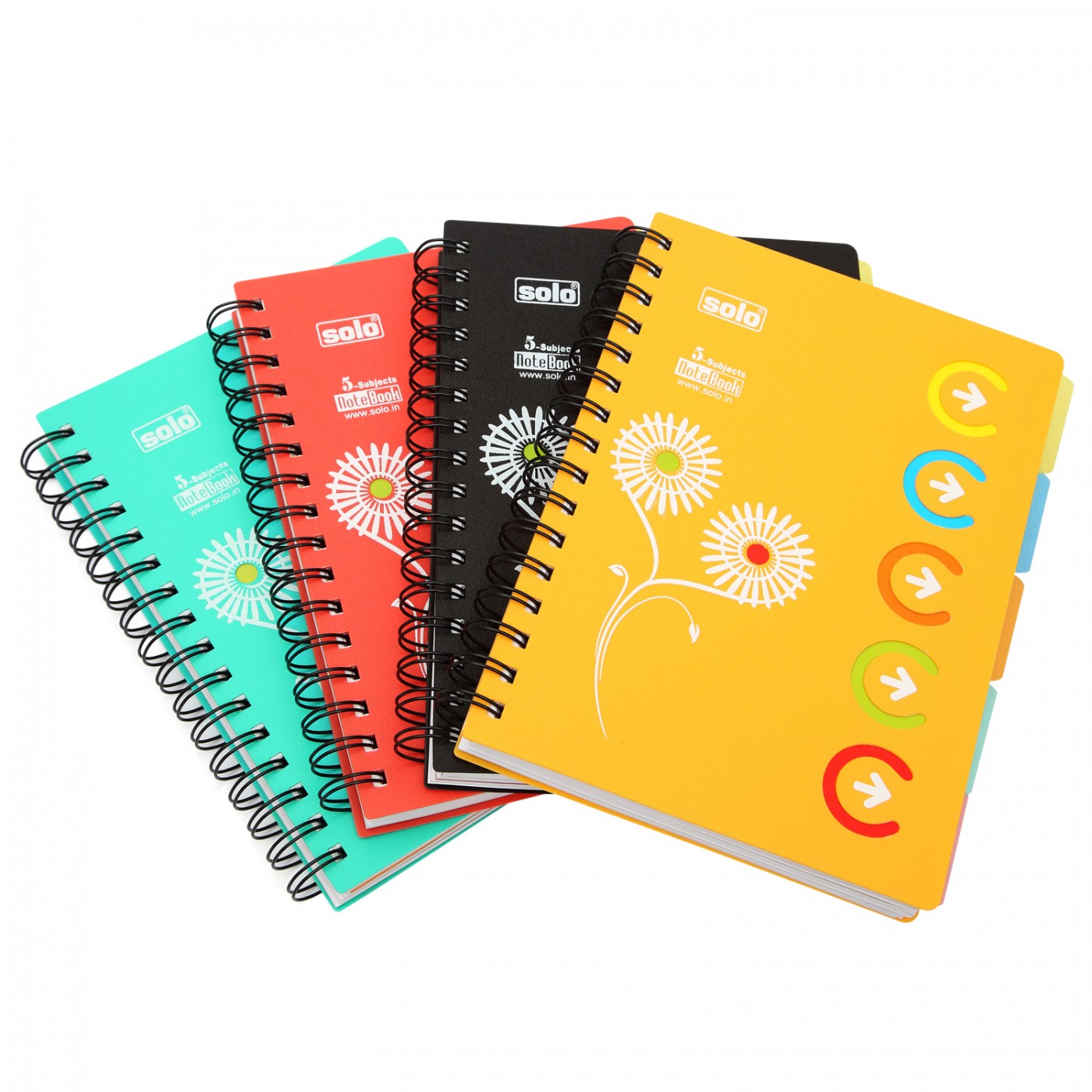




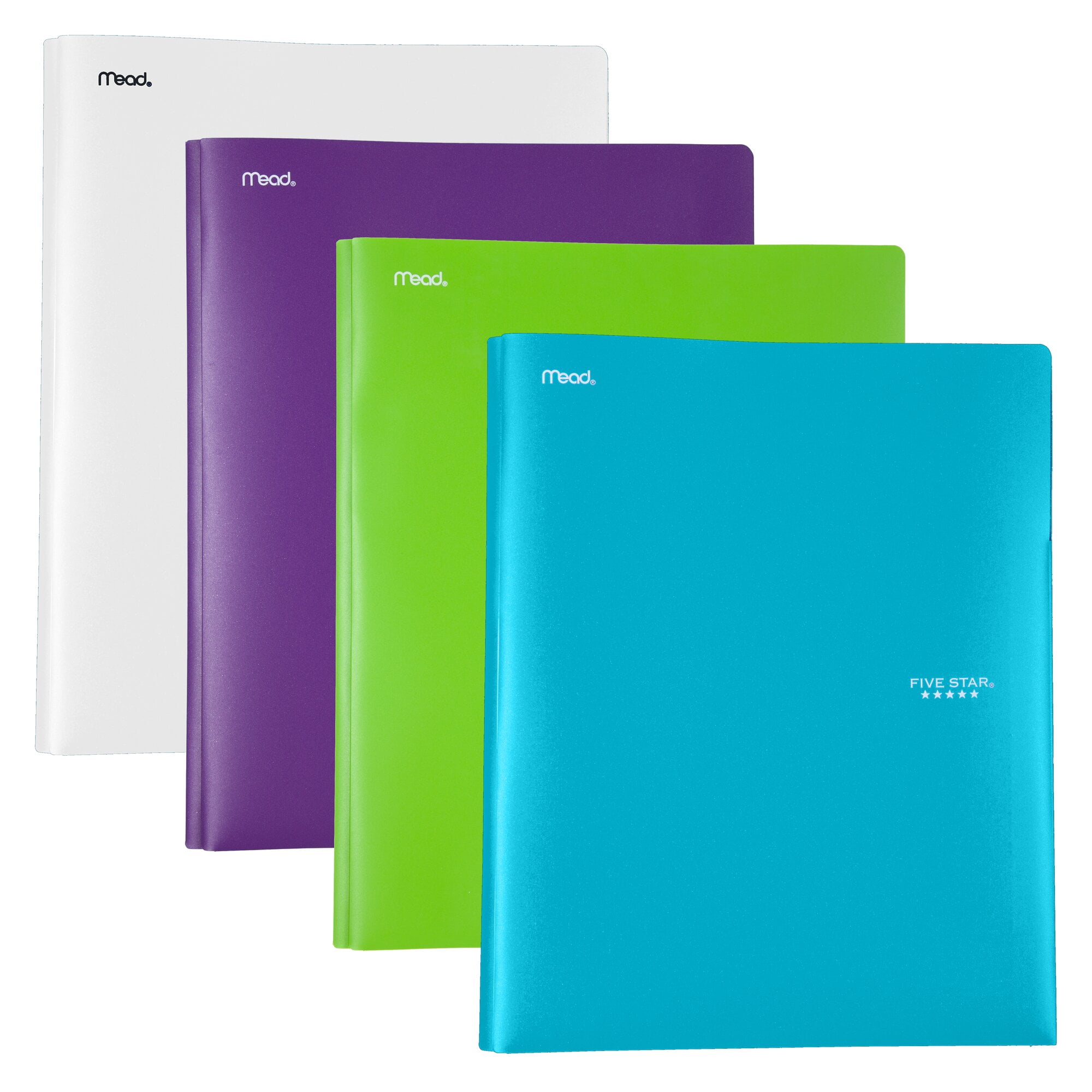


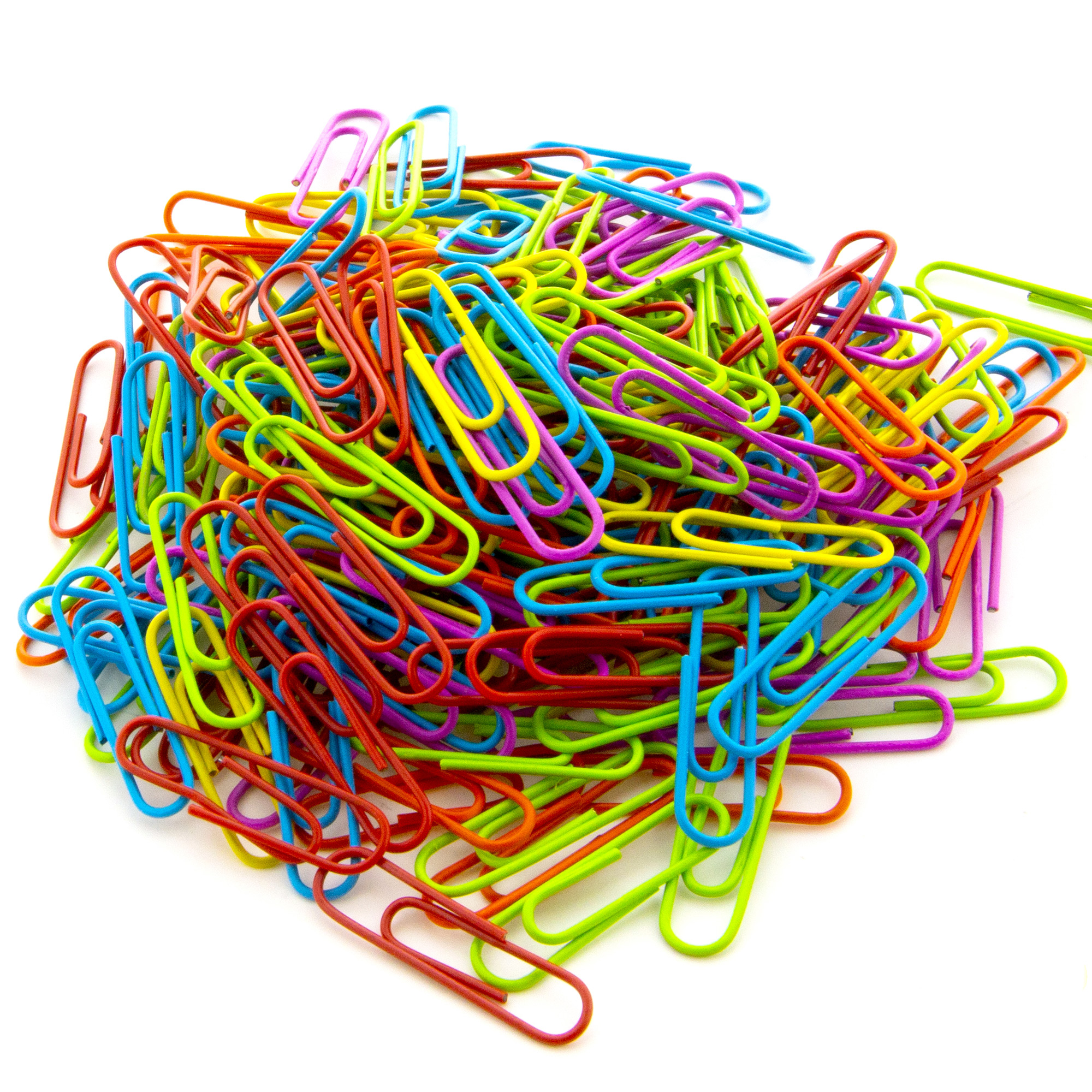

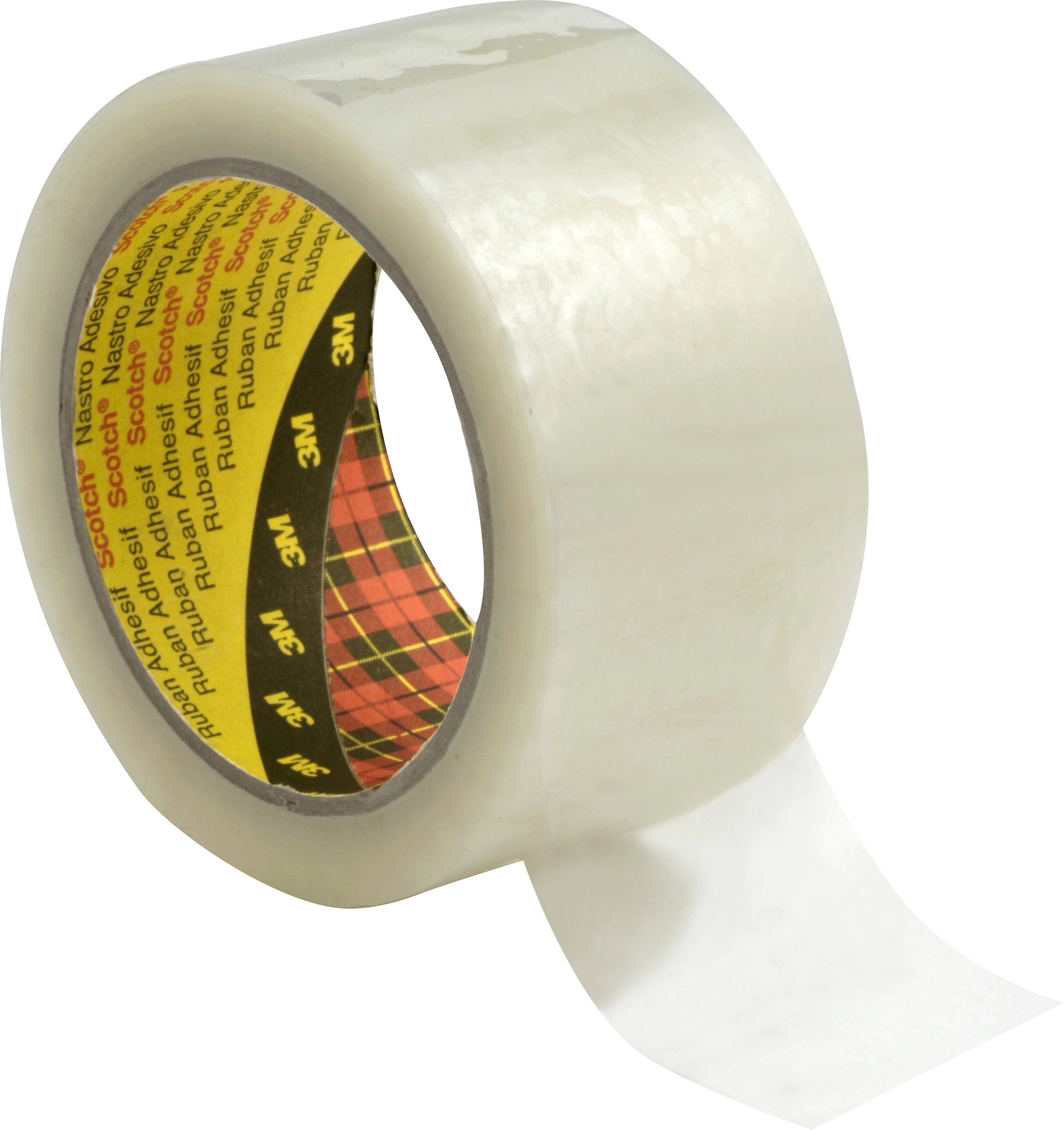
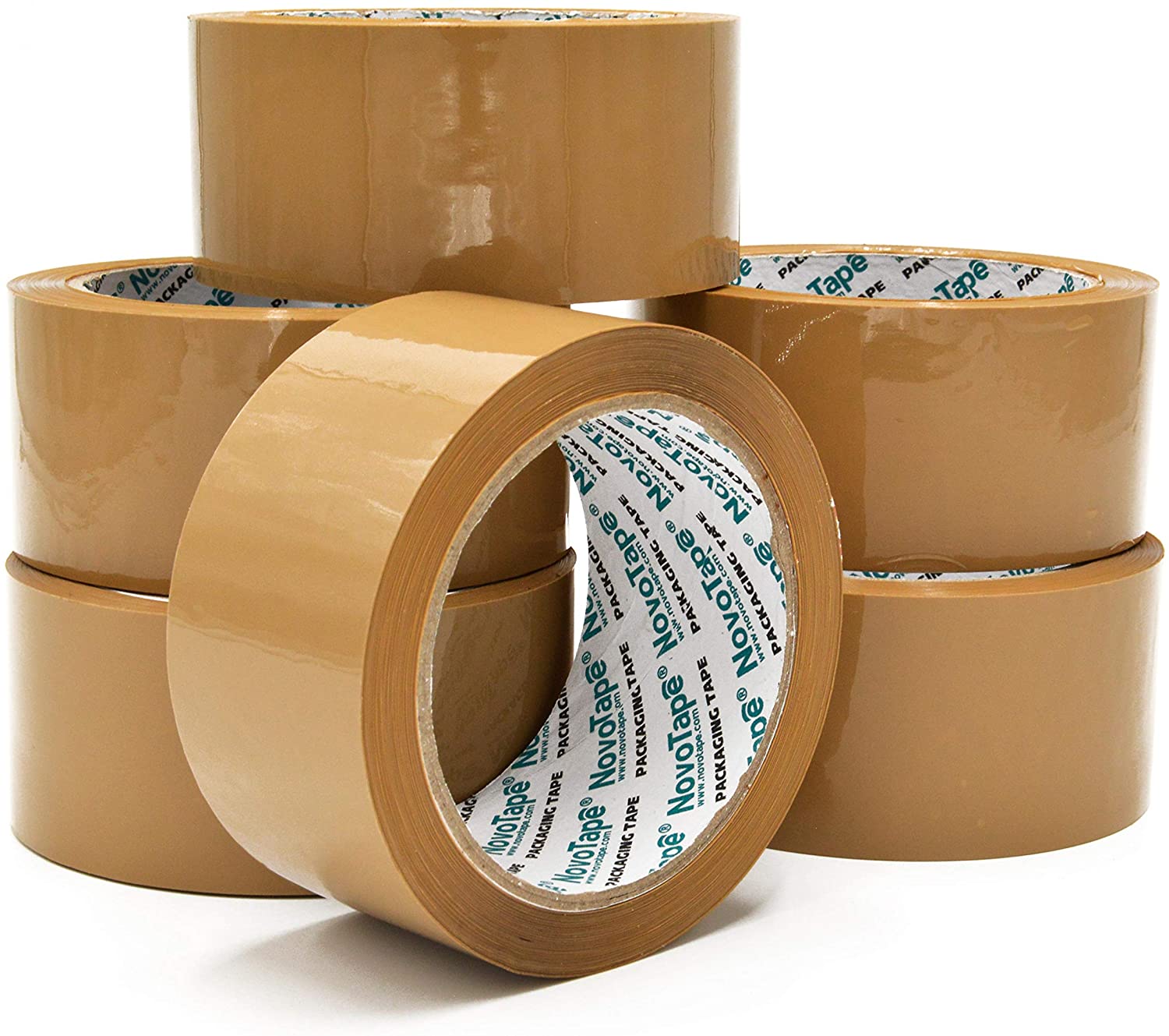




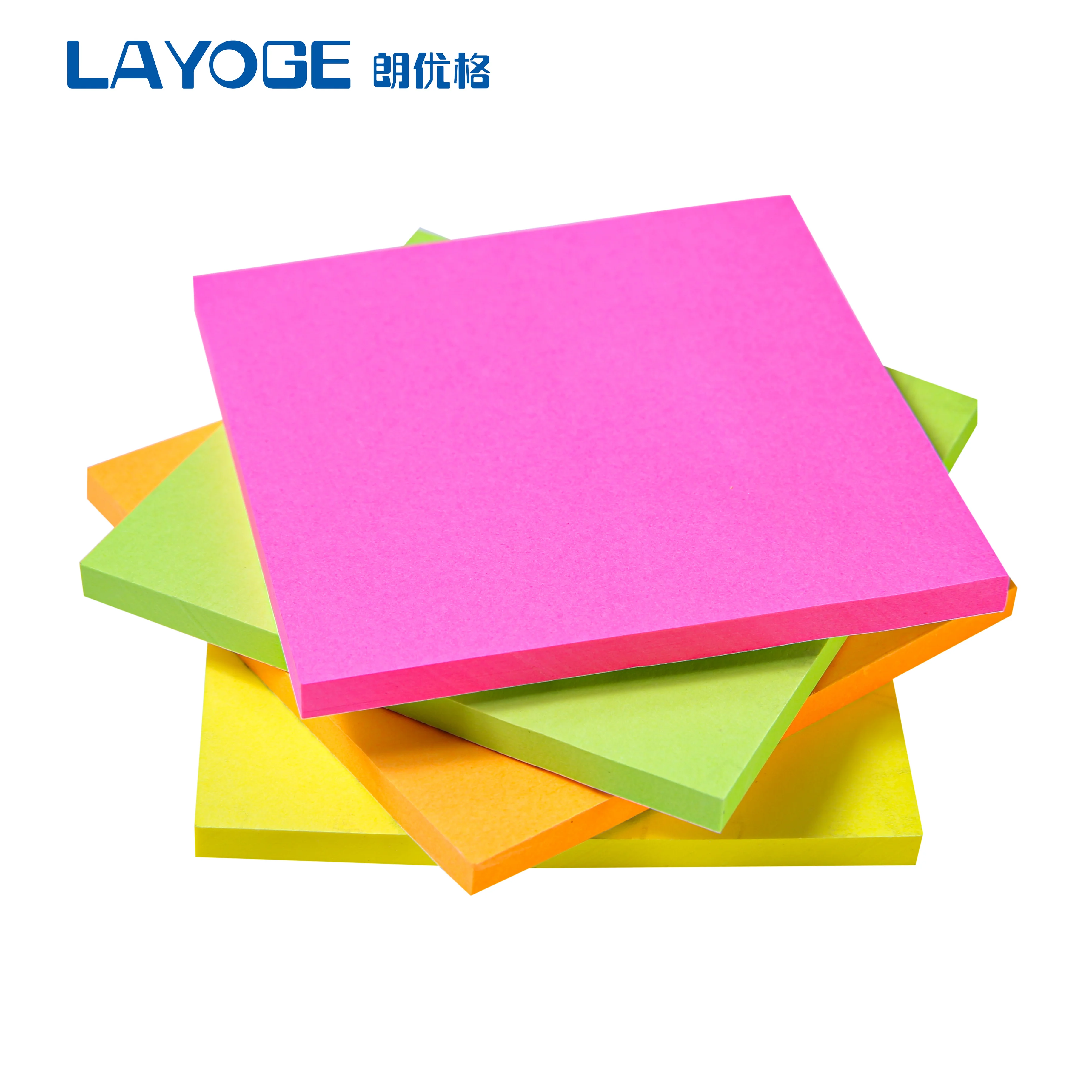


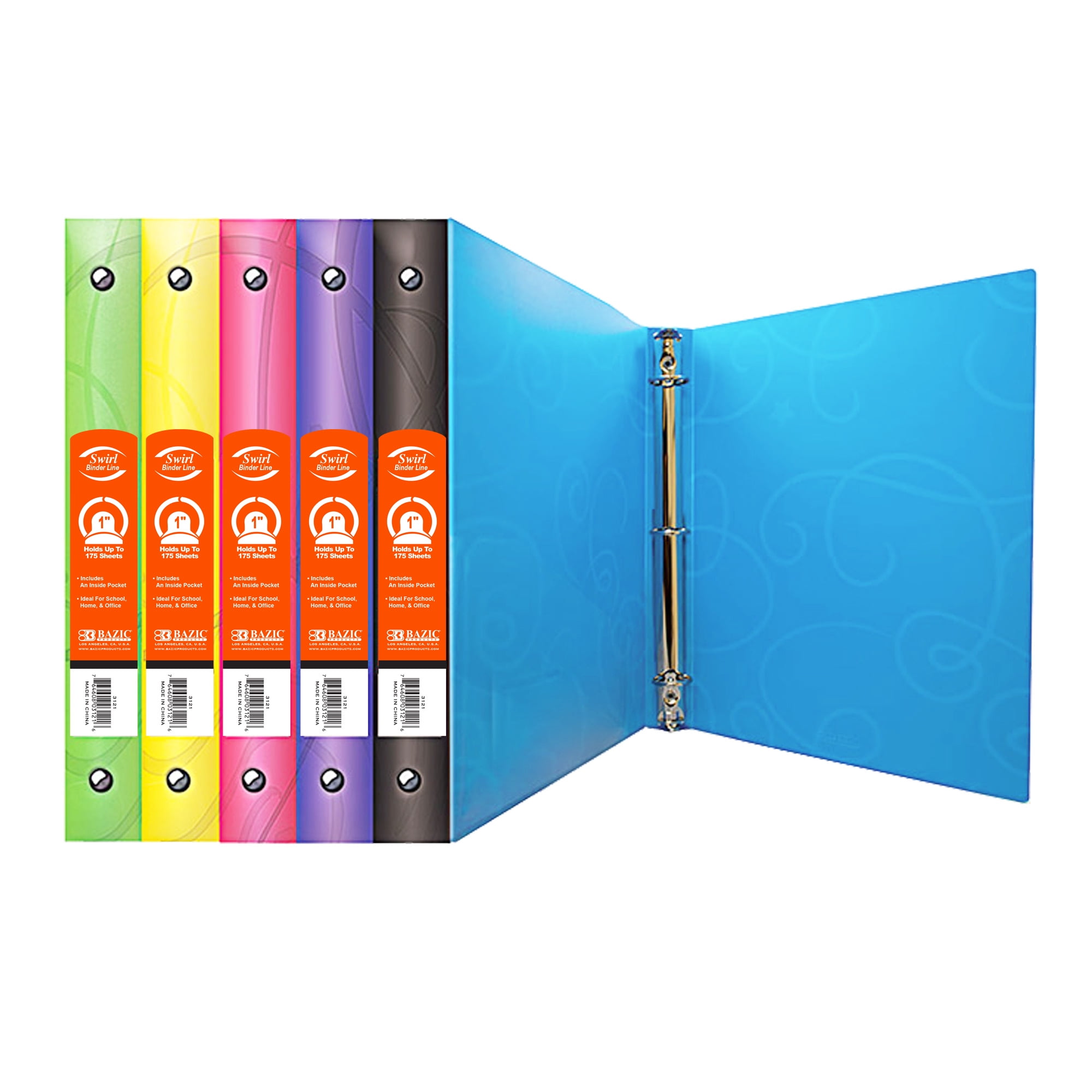

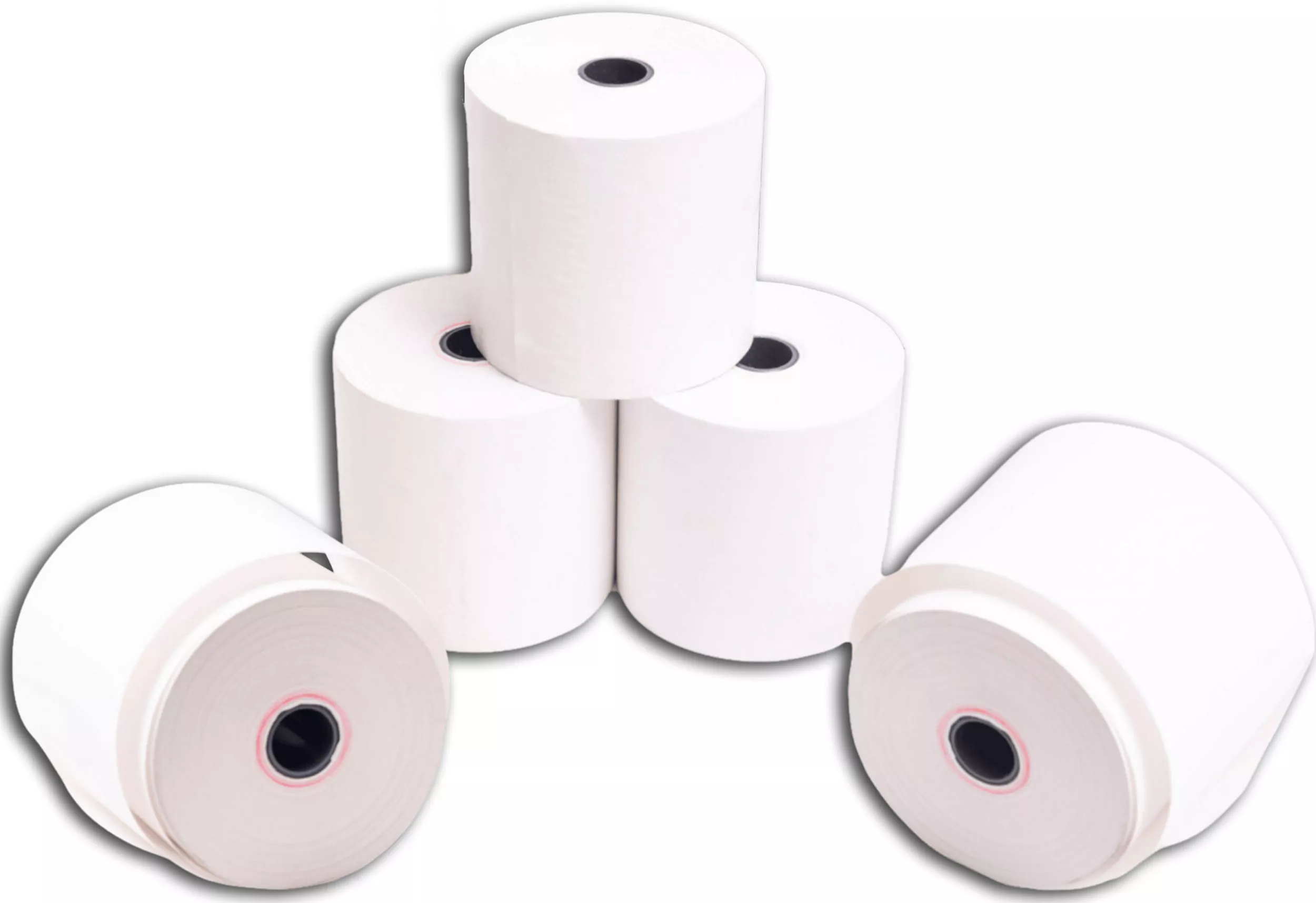
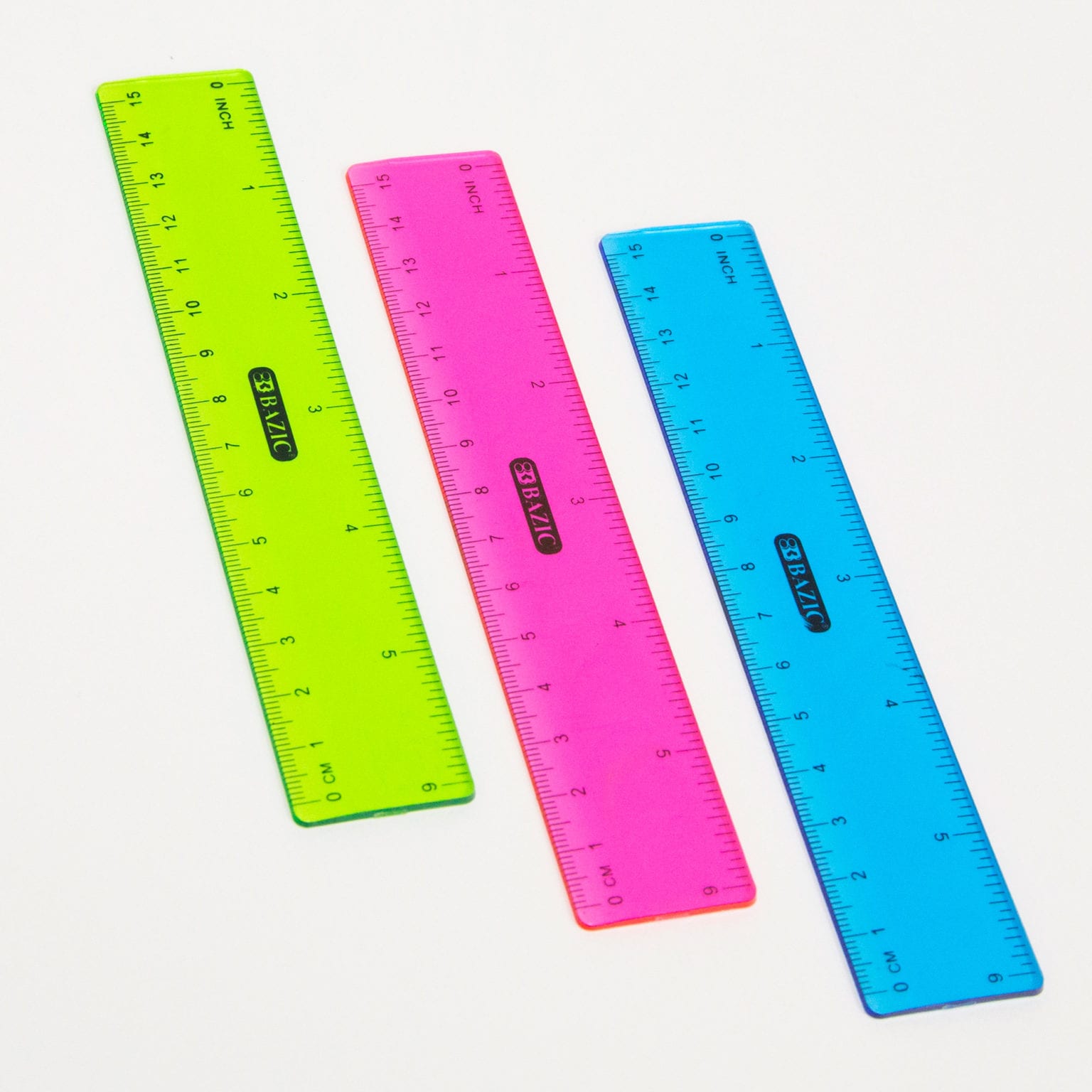



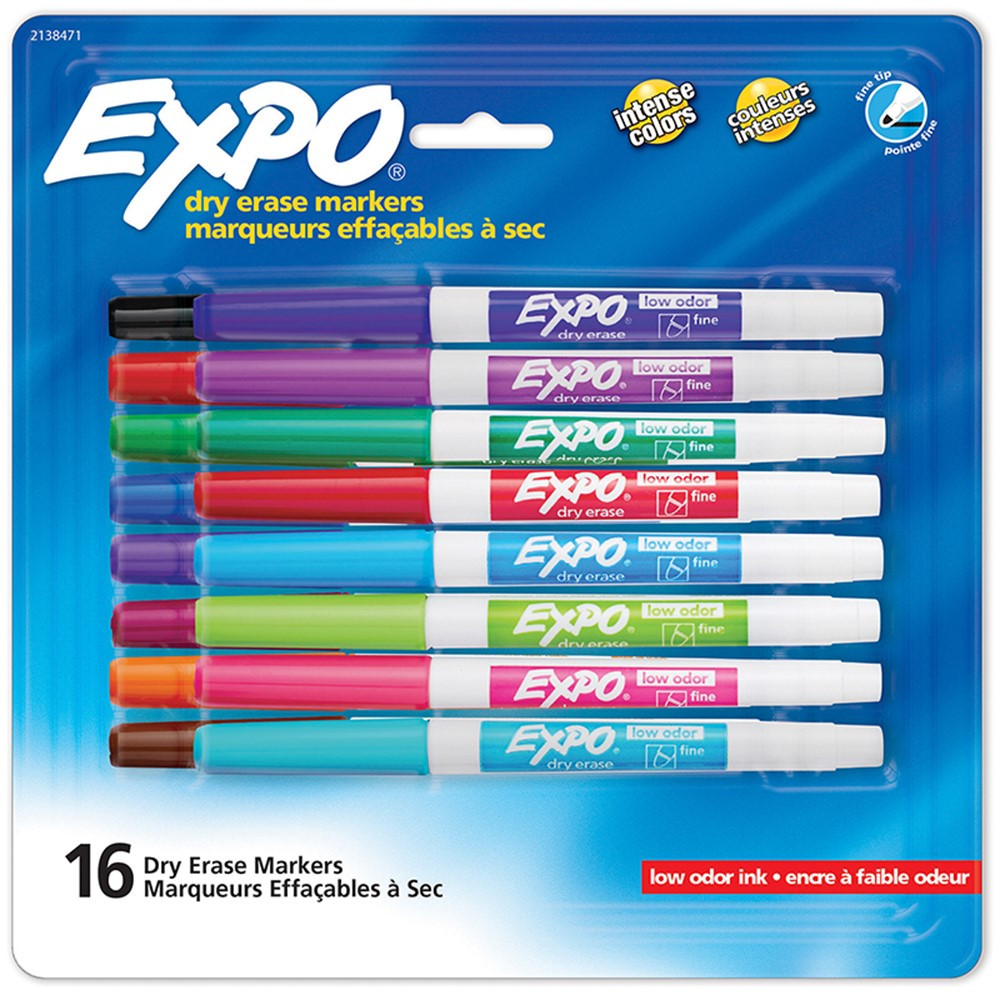




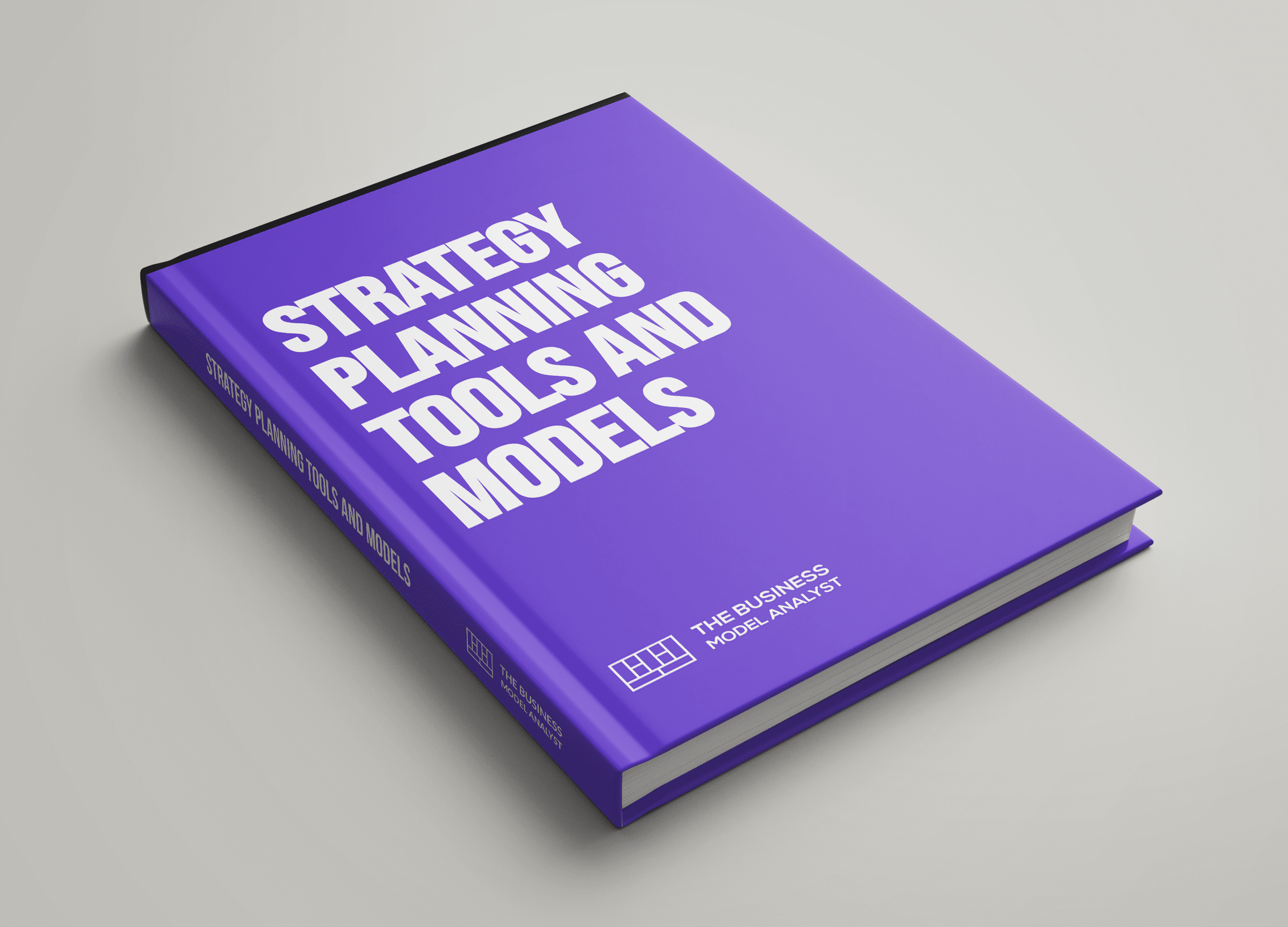

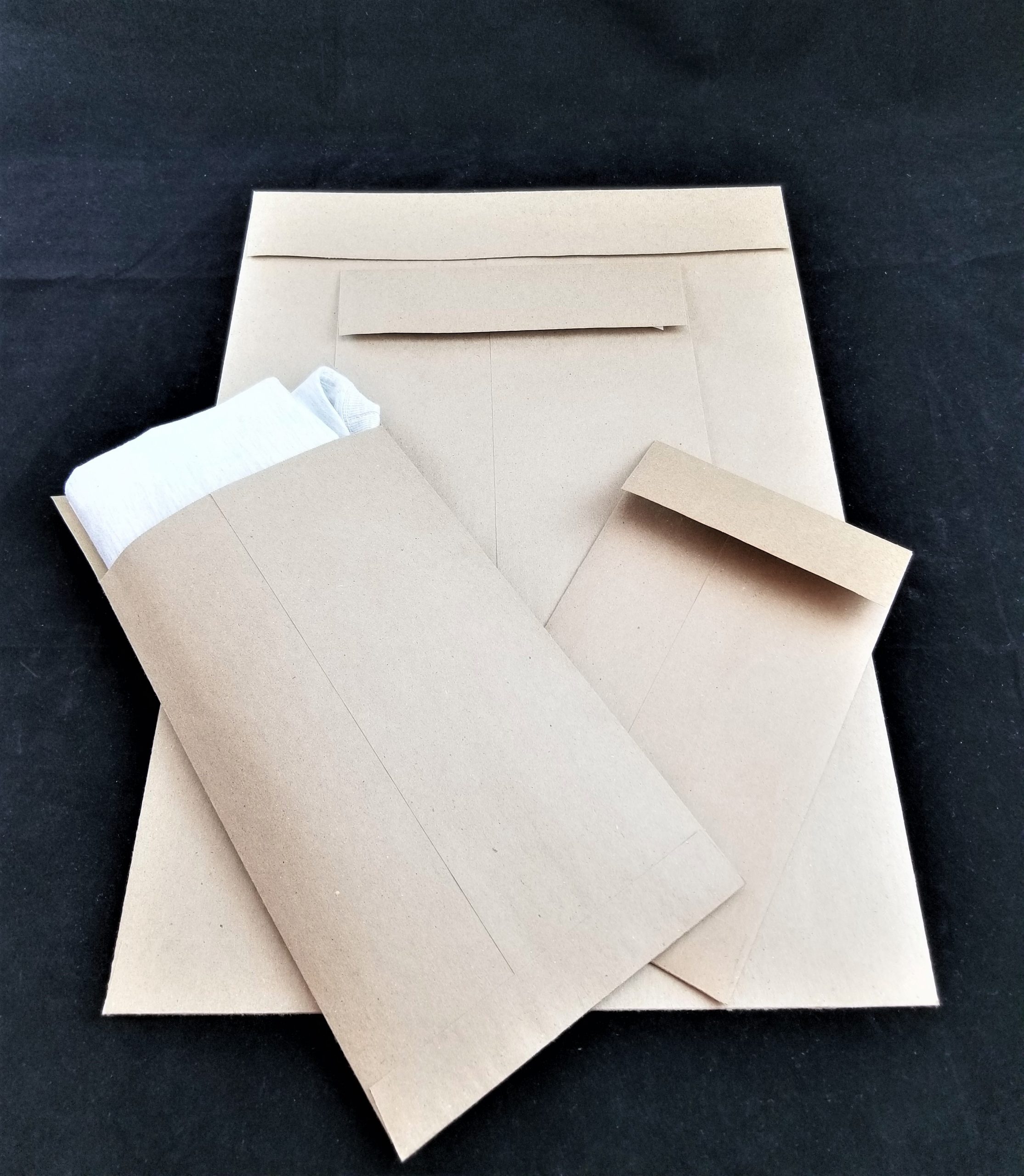



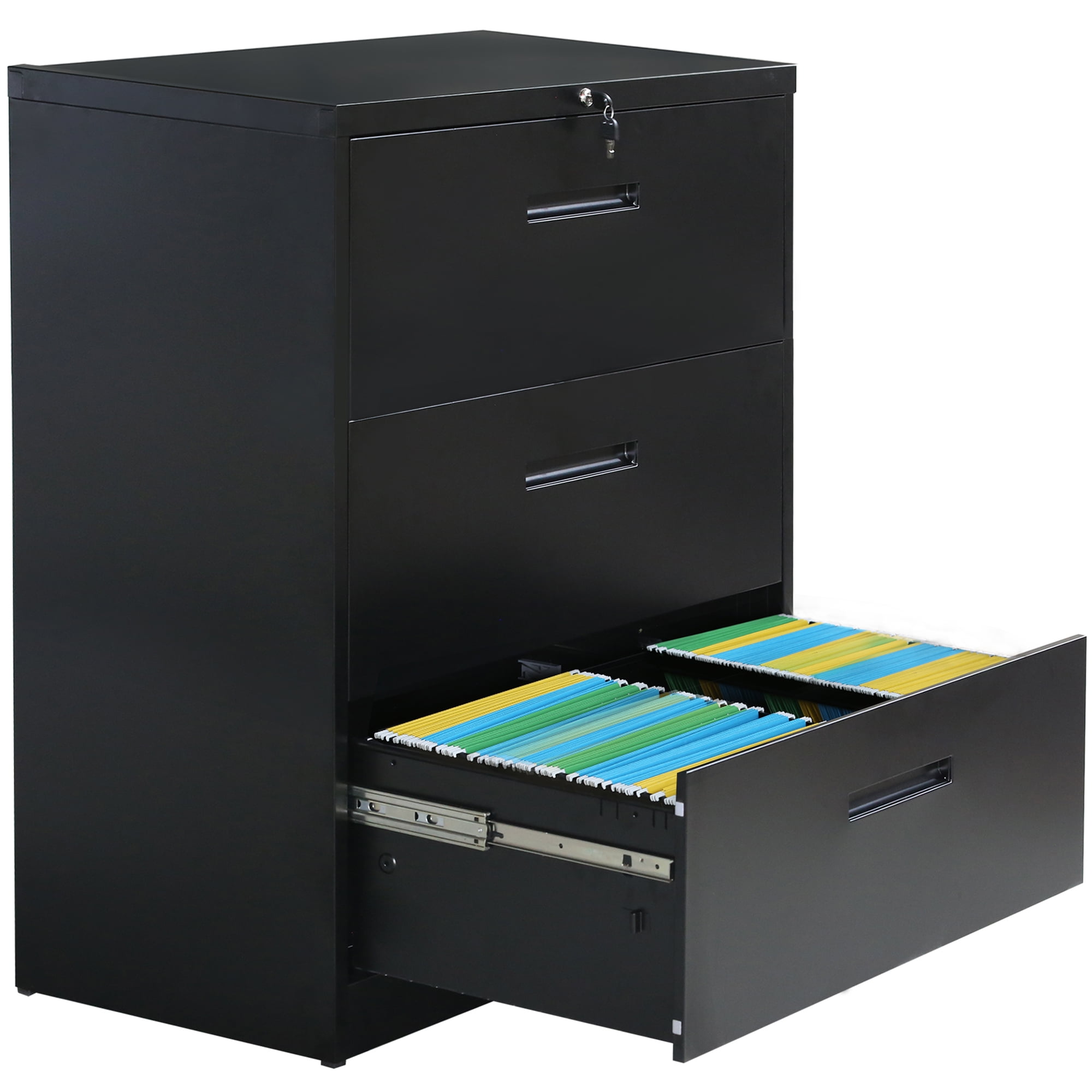


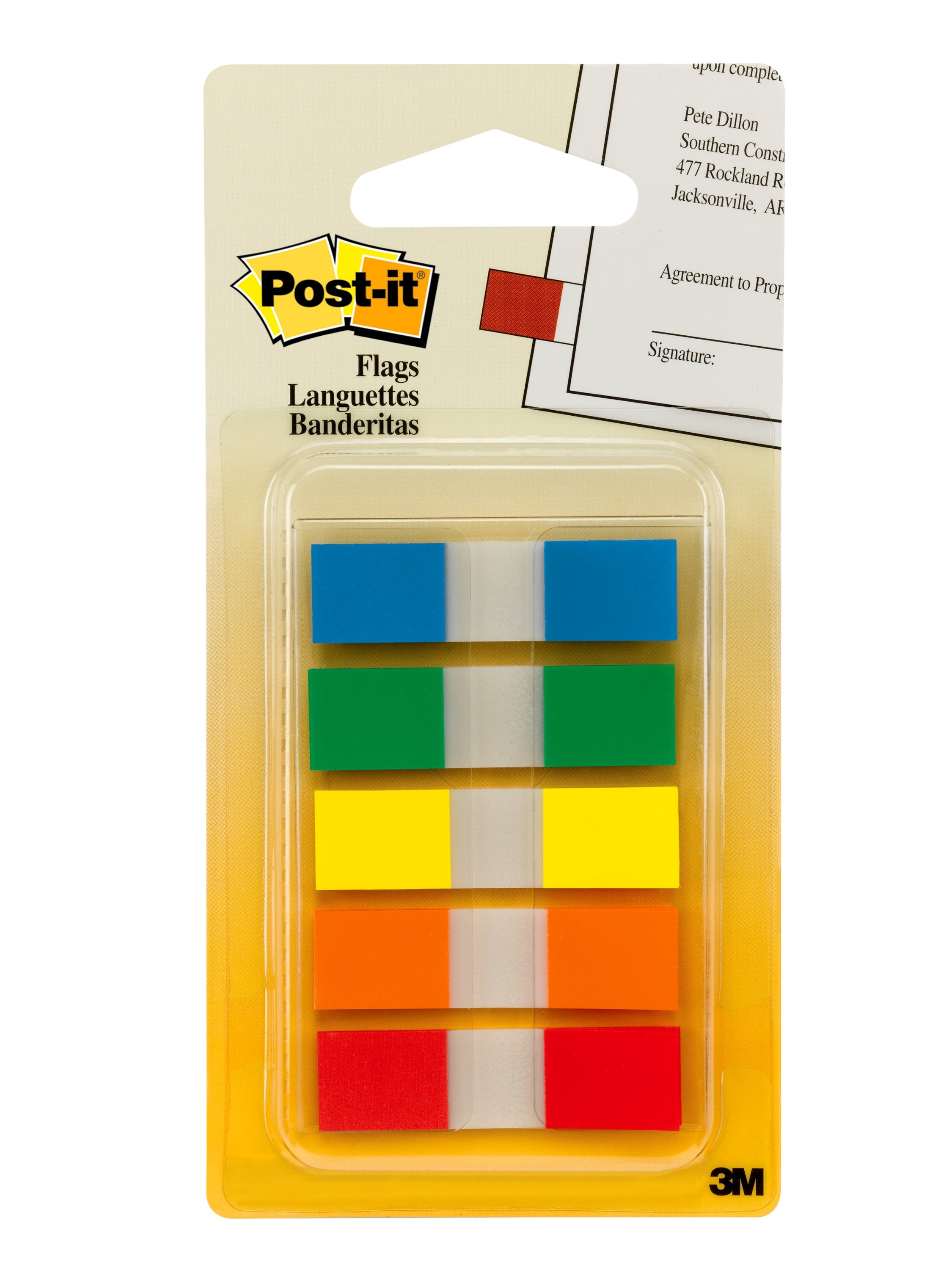
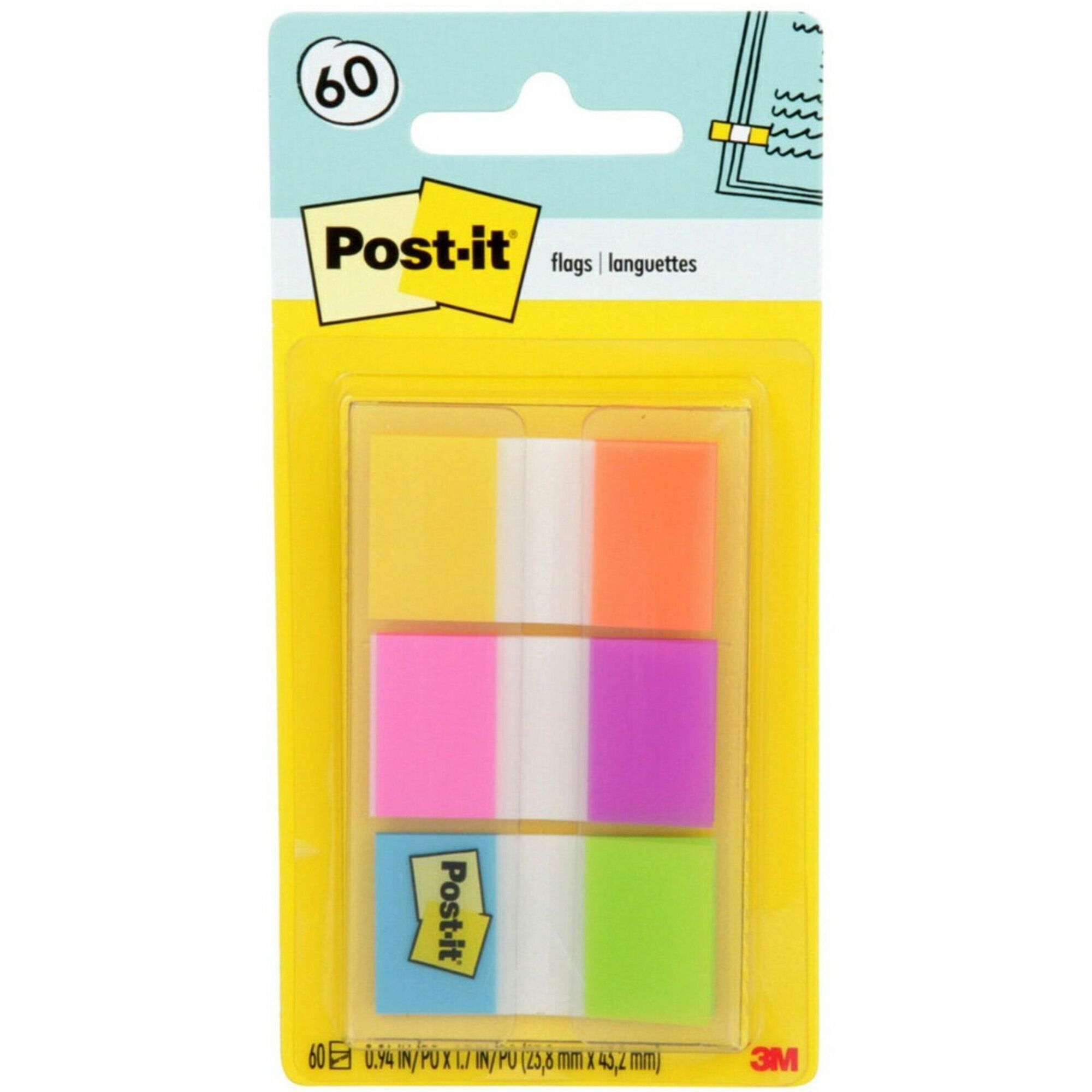

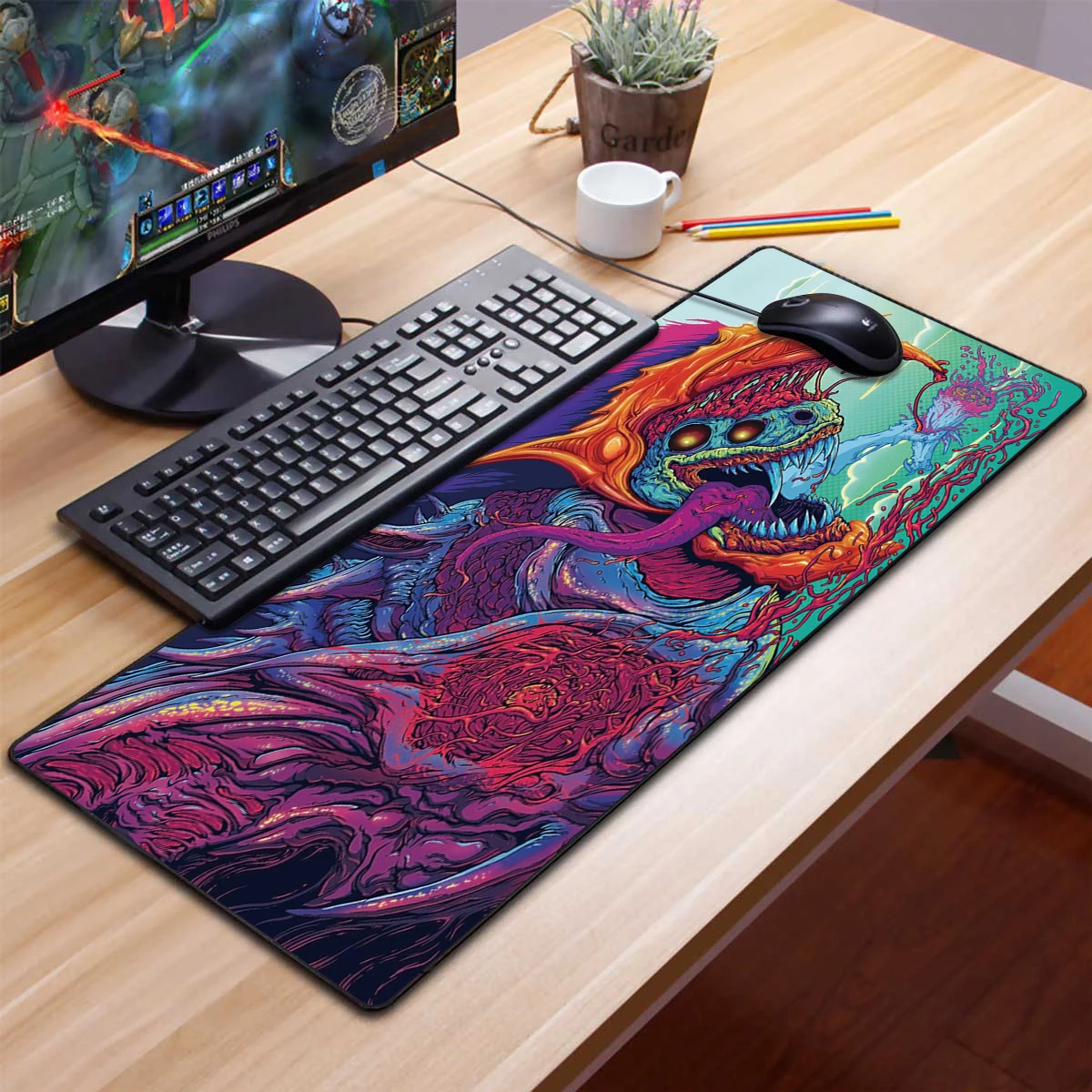

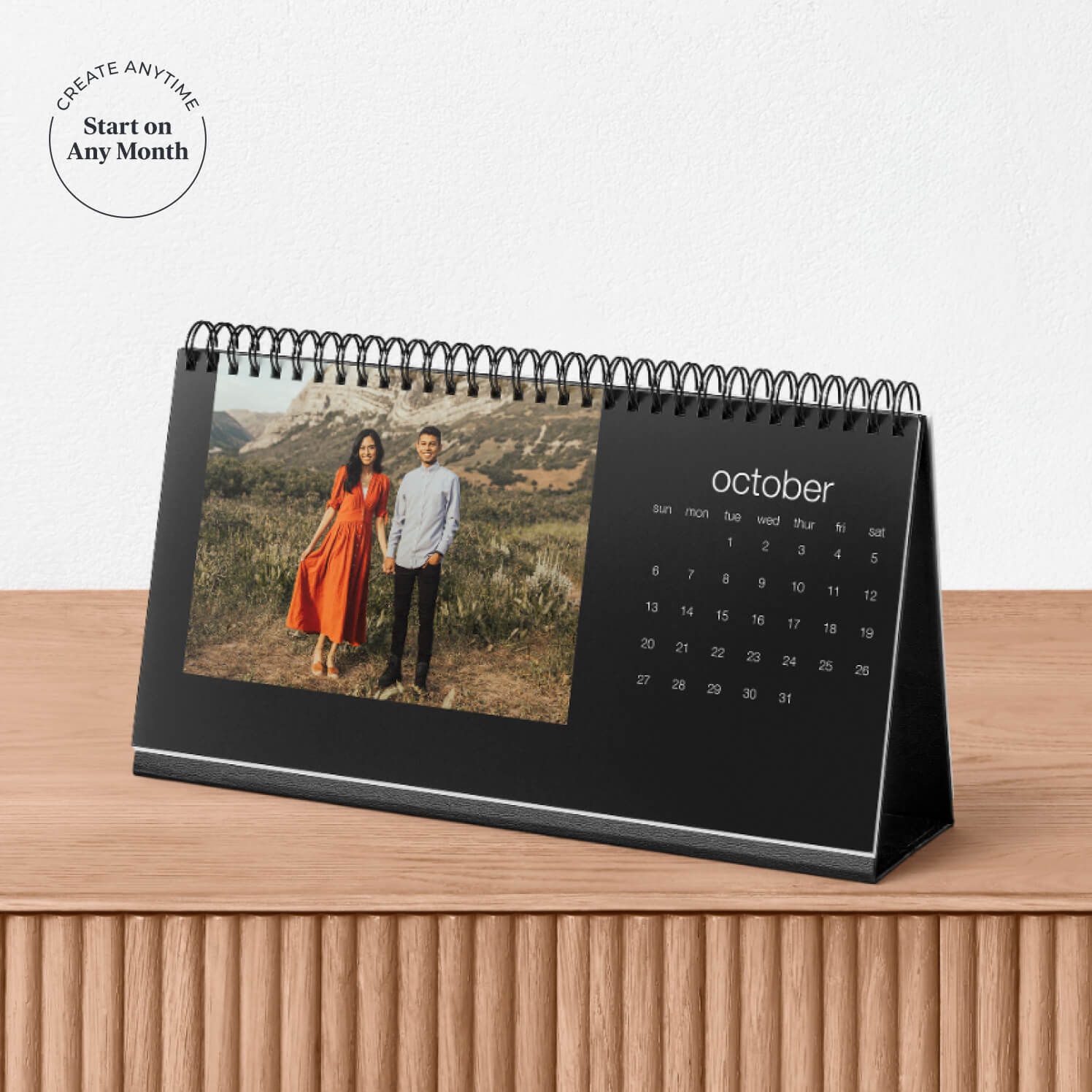








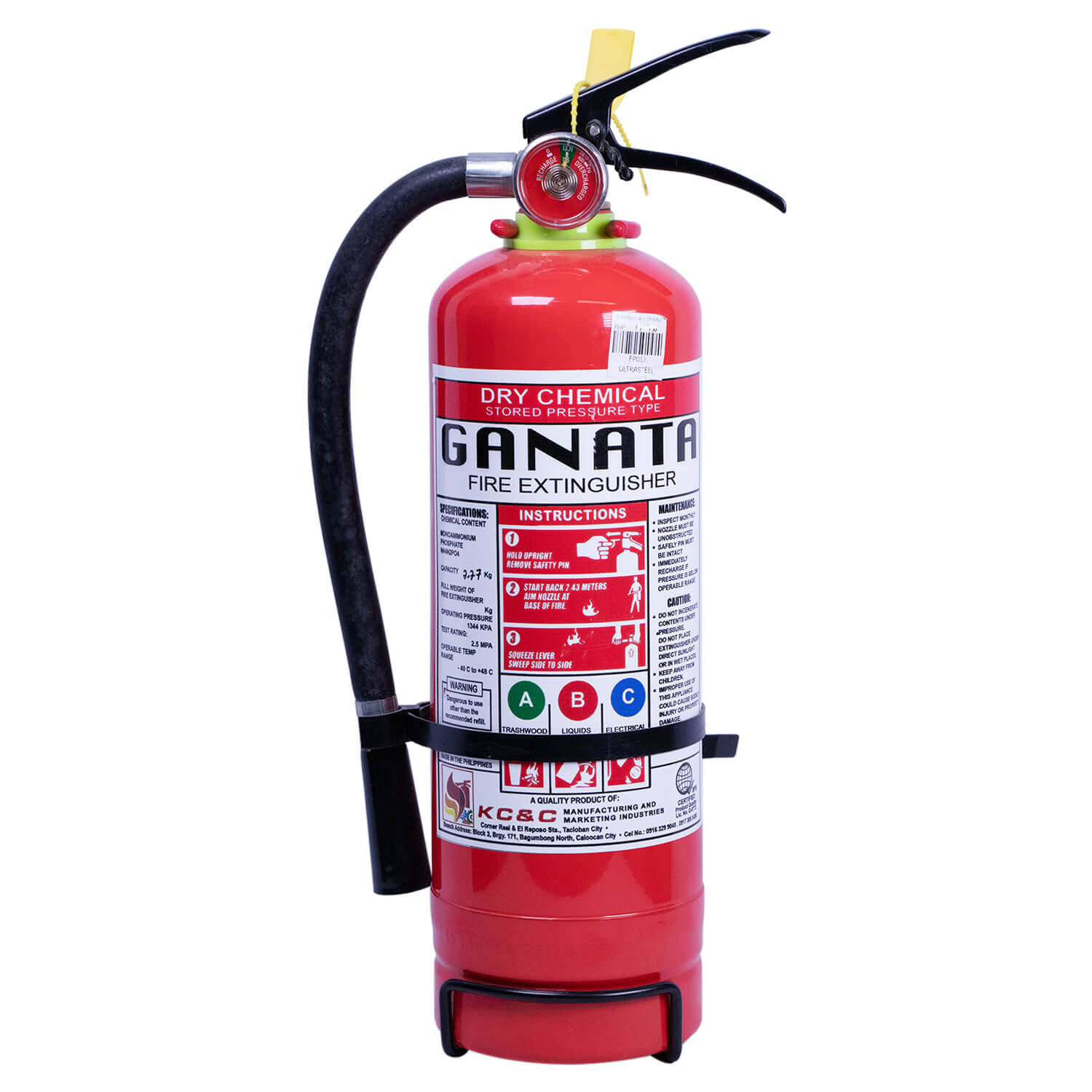

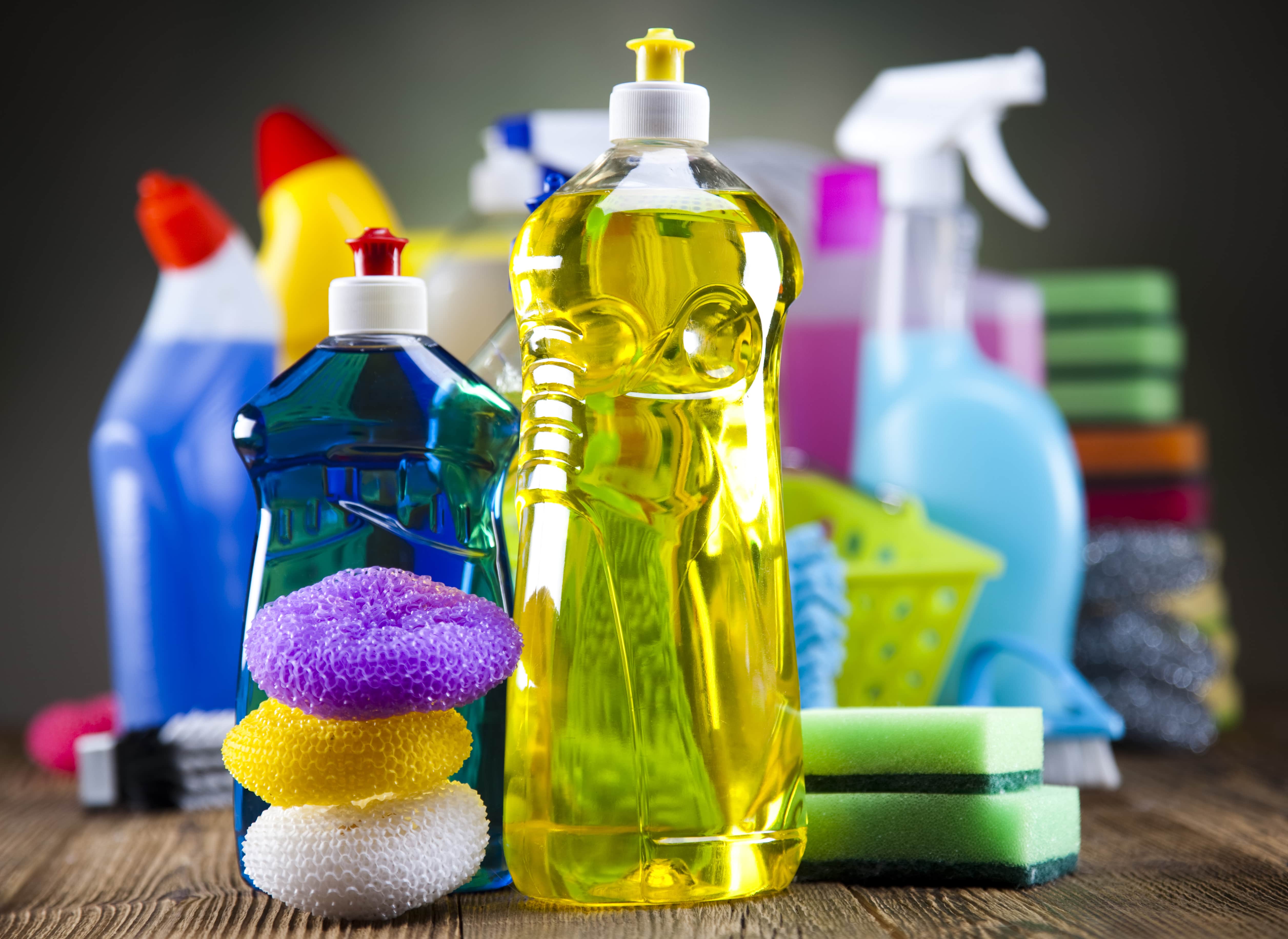



:max_bytes(150000):strip_icc()/3_PaperStar-5bd76f89c9e77c0051648323.jpg)







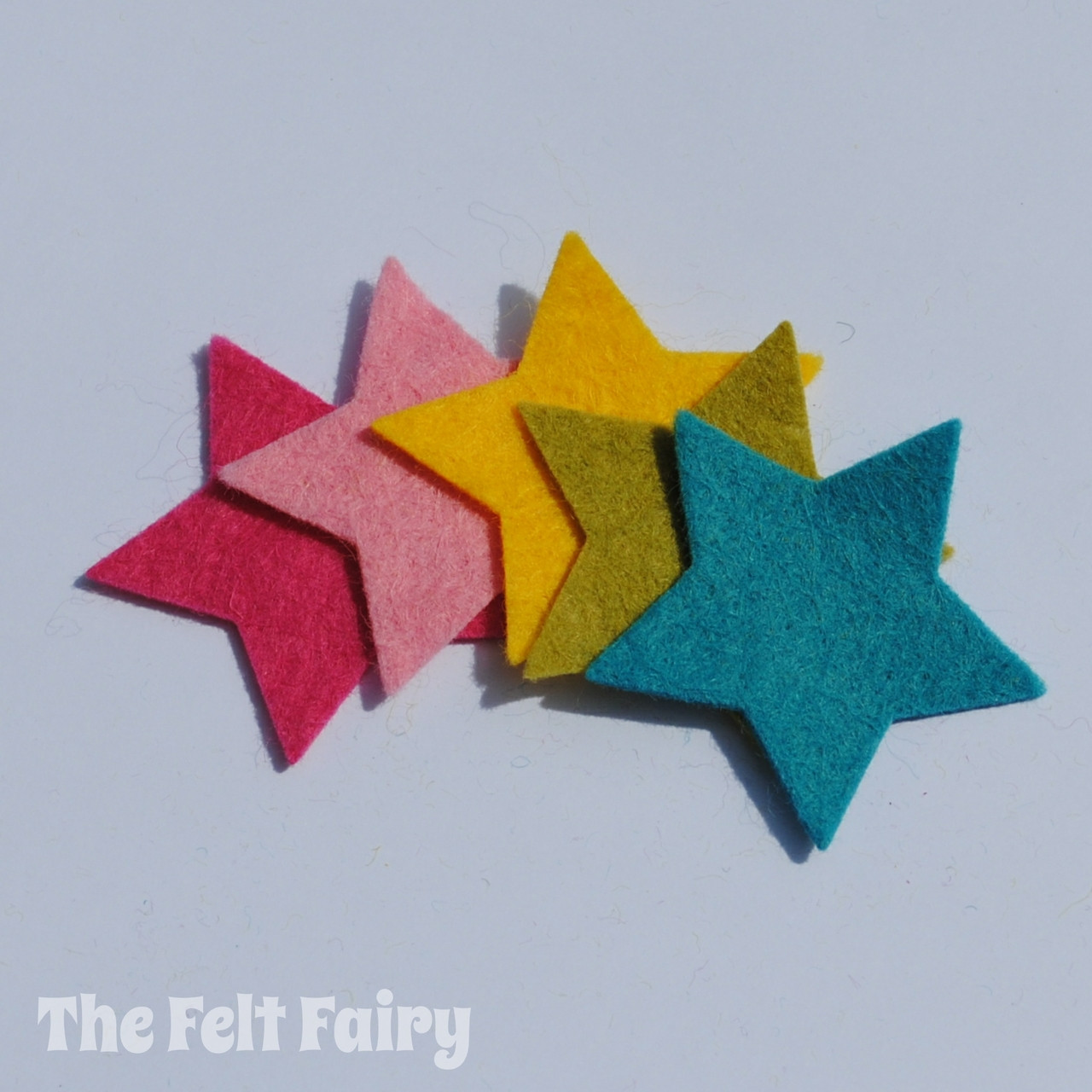



:max_bytes(150000):strip_icc()/driftwood-seashell-star-tree-topper-1017_vert-4bf7136bb18b44dca9a4171f069d038e.jpg)

